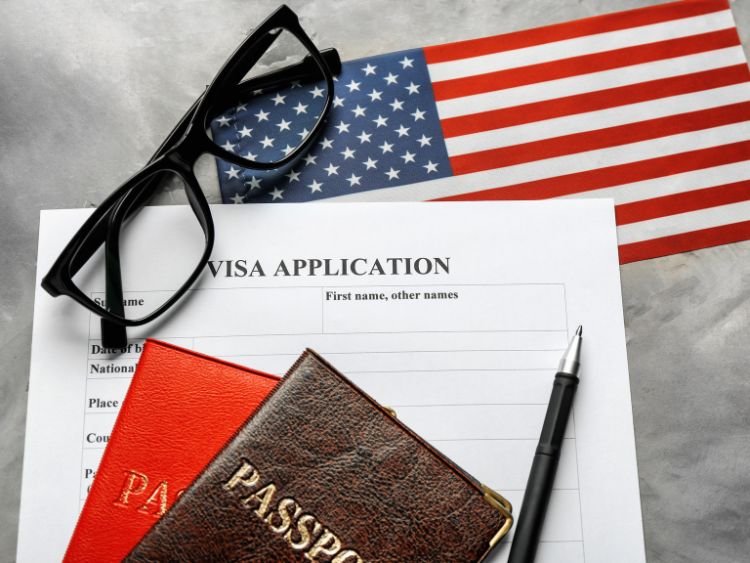So, you’re planning a trip to Europe, huh? Whether it’s a business trip, a family vacation, or just a solo adventure, getting your Schengen visa sorted is a crucial step. But don’t worry, I’ve got you covered! In this guide, we’ll walk through everything you need to know about the Schengen visa application process. From the necessary documents to the step-by-step procedure, we’ll cover it all. Ready to dive in? Let’s get started!
What is a Schengen Visa?
Before we jump into the nitty-gritty of the application process, let’s take a moment to understand what a Schengen visa actually is. The Schengen visa allows you to travel freely within the Schengen Area, which comprises 26 European countries. These countries have abolished border controls with each other, meaning you can move between them as if they were one country.
Benefits of a Schengen Visa
- Free Movement: Travel across 26 countries without border checks.
- Multiple Entries: Depending on the type, you can enter and exit multiple times.
- Extended Stay: Stay up to 90 days within a 180-day period.
Types of Schengen Visas
There are several types of Schengen visas, each catering to different travel purposes. Knowing which one you need is the first step in the application process.
1. Uniform Schengen Visa (USV)
This is the most common type and can be further categorized into:
- Single-entry Visa: Allows one entry into the Schengen Area.
- Double-entry Visa: Permits two entries.
- Multiple-entry Visa: Enables multiple entries within a specified period.
2. Limited Territorial Validity Visa (LTV)
This visa is valid only in the Schengen State(s) mentioned in your visa sticker.
3. National Visa
Issued for specific reasons such as studying, working, or residing in one of the Schengen countries.
Schengen Visa Application Requirements
Now that you know the types, let’s talk about what you’ll need to apply for a Schengen visa.
Essential Documents
- Visa Application Form: Filled out and signed.
- Passport: Valid for at least three months beyond your planned departure from the Schengen Area.
- Two Recent Photos: Passport-sized, taken within the last three months.
- Travel Insurance: Coverage of at least €30,000 for medical emergencies and repatriation.
- Proof of Accommodation: Hotel reservations or an invitation letter from a host.
- Flight Itinerary: Round trip or flight reservations.
- Proof of Financial Means: Bank statements or a sponsorship letter.
- Cover Letter: Explaining the purpose of your visit.
- Employment Status Proof: Payslips, employment contract, or business registration.
Step-by-Step Guide to Applying for a Schengen Visa
Alright, now that you’ve gathered your documents, let’s walk through the application process.
Step 1: Determine Where to Apply
You should apply at the embassy or consulate of the country you plan to spend the most time in. If you’re visiting multiple countries, apply at the embassy of your first destination.
Step 2: Fill Out the Application Form
Download the form from the official website of the embassy or consulate. Fill it out accurately and honestly.
Step 3: Schedule an Appointment
Contact the embassy or consulate to schedule an appointment for submitting your application.
Step 4: Attend the Appointment
Bring all your documents and be prepared for an interview. This is where they might ask questions about your trip and purpose of travel.
Step 5: Pay the Visa Fee
The fee varies depending on the type of visa and your nationality. Ensure you have the correct amount ready.
Step 6: Wait for Processing
Visa processing times can vary, but it generally takes about 15 days. During peak seasons, it might take longer.
Step 7: Receive Your Visa
If approved, your passport will be stamped with the Schengen visa. If denied, you’ll receive a reason for the refusal.
Tips for a Successful Application
- Be Honest: Any discrepancies in your application can lead to denial.
- Apply Early: Don’t wait until the last minute. Apply at least three months before your trip.
- Double-Check Your Documents: Ensure everything is in order and up-to-date.
Common Reasons for Schengen Visa Denial
Understanding why applications get denied can help you avoid common pitfalls.
Incomplete Documentation
Missing or incorrect documents are a common reason for denial.
Insufficient Financial Means
You need to prove that you can support yourself during your stay.
Previous Visa Violations
Any history of overstaying or violating visa conditions can result in denial.
Suspicious Travel Itinerary
Your travel plans need to be clear and legitimate. Any hint of deception can lead to a denial.
FAQs
What is the Schengen visa application fee?
The fee varies but is generally around €80 for adults. Reduced fees apply for certain categories of applicants.
How long can I stay with a Schengen visa?
You can stay up to 90 days within a 180-day period.
Can I extend my Schengen visa?
In rare cases, you can extend your visa. Valid reasons include force majeure, humanitarian reasons, or serious personal reasons.
What if my Schengen visa is denied?
You can appeal the decision or reapply with more supporting documents.
How far in advance should I apply for a Schengen visa?
It’s recommended to apply at least three months before your planned trip.
Summary
Applying for a Schengen visa might seem daunting, but with the right preparation, it’s a smooth process. Remember to gather all necessary documents, fill out the application form accurately, and apply well in advance. By following this guide, you’ll be well on your way to exploring the beautiful Schengen Area. Safe travels!
Authoritative Links
- European Union Immigration Portal – https://ec.europa.eu/home-affairs/policies/schengen-borders-and-visa/schengen-visa_en
- Schengen Visa Information – https://www.schengenvisainfo.com
- VisaGuide.World – https://visaguide.world/europe/schengen-visa
With this guide in hand, you’re all set to conquer the Schengen visa application process. Happy travels!

